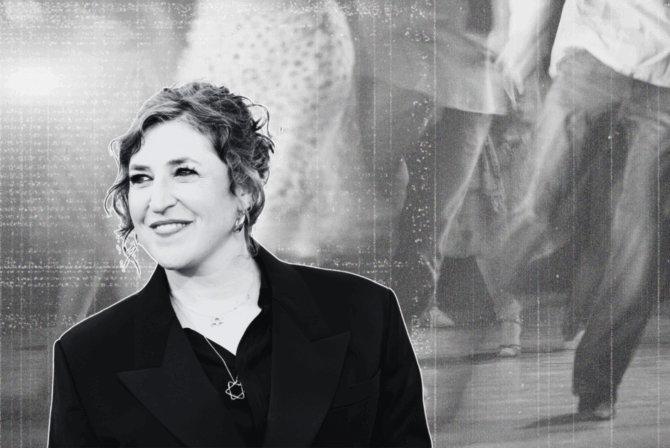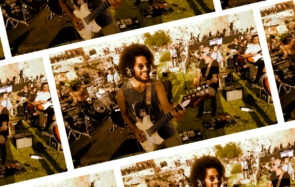When my husband and I first enrolled our son in Hebrew school, we imagined him sitting with classmates, learning letters, singing prayers and feeling part of a Jewish community. We wanted him to grow up rooted in tradition, connected to peers and confident in his Jewish identity.
But the reality was different.
After a full day at school, the two hours of Hebrew school felt endless for our neurodiverse son. Sitting still, focusing and keeping pace with the class left him drained and frustrated. Teachers, though well-meaning, had no training in scaffolding lessons for a variety of learners. Simple and effective tools — a timer during activities, visual instruction in addition to verbal — were not being utilized:. This Hebrew school, we realized, was built on a “one-size-fits-all” model.
Behavior, not learning, became the focus. When he fidgeted, one teacher asked him to stand at the back of the room as opposed to offering him a much-needed break. His curiosity and enthusiasm were overshadowed by his need to move, think differently and process at his own pace. Each week, he left feeling agitated and like he didn’t belong.
We loved the idea of community, but at what cost? Watching our son struggle, we began to imagine another way.
It started with a conversation with another local family whose daughter faced similar challenges. Together, we created a small-group tutoring arrangement in our synagogue’s library on Sunday mornings. No after-school exhaustion. No large-class distractions. Just a quiet, supportive space to learn.
With guidance from educators and the occasional nudge from ChatGPT, we designed our own curriculum. Each lesson includes multiple entry points, scaffolds for focus and comprehension, and hands-on activities that make prayers and Jewish stories tangible.
Most importantly, the pace is ours to set.
For the first time, learning about Judaism feels joyful for our son. He comes home proud, sharing what he’s learned, rather than carrying the weight of failure. In just a few months, he has absorbed more Hebrew than in years of Hebrew school. Confidence is replacing anxiety, curiosity replacing dread.
Leaving Hebrew school did not mean abandoning Jewish community. We still attend holiday events, participate in synagogue programs and celebrate Shabbat with friends. It’s just that community is no longer tied to a classroom. In fact, the bond our children have formed in our small group is deep and genuine — they see each other as learners and as partners.
This arrangement also allowed us to involve our children in a way that traditional classrooms rarely can; our kids follow their interests, help shape the lessons and thrive on their own terms. Our homegrown approach honors their individuality while keeping them connected to the broader Jewish world.
Our experience has taught us that Jewish education is not one-size-fits-all. The mitzvah of teaching Torah, chanoch l’na’ar al pi darko — educate a child according to their way — is alive when we adapt learning to fit the child, not the other way around.
For families with neurodiverse children, the path may look different. It may involve small groups, personalized curricula or unconventional timing. But it can be just as meaningful as “traditional” Hebrew school. Our son’s Jewish identity is not less because it’s cultivated in a library on a Sunday morning rather than a crowded classroom after school. His connection to Judaism is strong because it is nurtured with intention, patience and joy.
Our journey is a reminder that inclusion, flexibility and personalization are not just educational tools; they are acts of Jewish values themselves.








